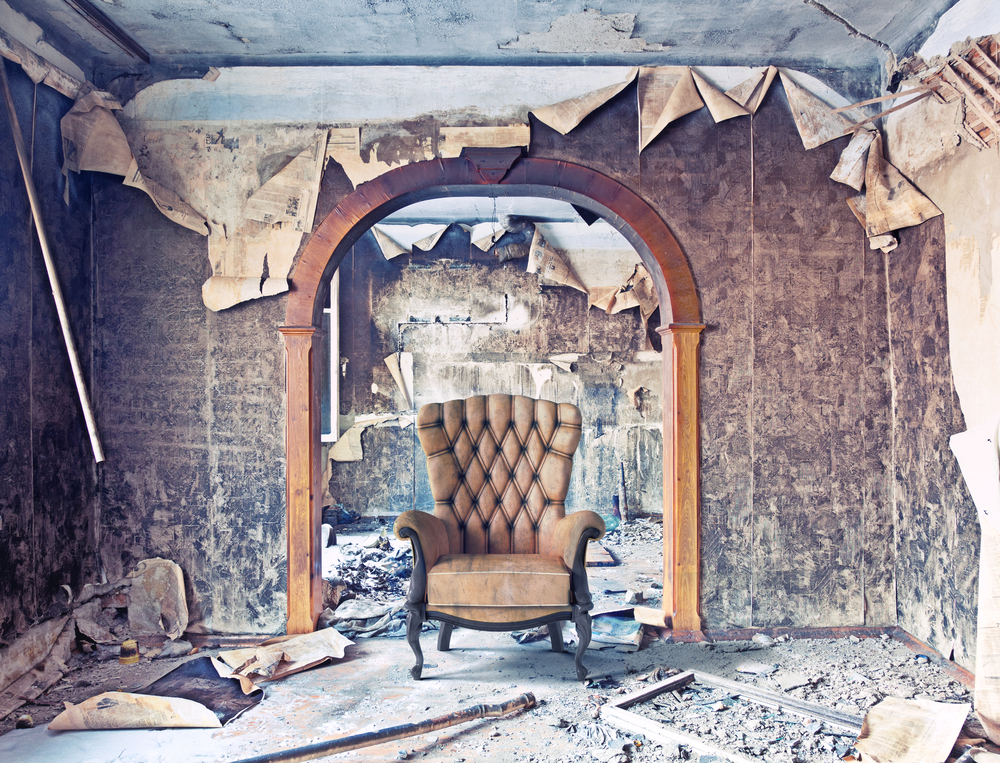Breaking Bad: Is Meth Lab Cleanup Costs Covered as Vandalism Damage?

By: Big “I” Virtual University Faculty
Our client is a multi-family apartment housing management company in Minnesota. The state had a tenant eviction moratorium due to the coronavirus pandemic and our insured was unable to evict a certain tenant. When they were finally able to legally evict, they discovered the apartment had drug paraphernalia. The insured hired a biohazard cleanup contractor who discovered high methamphetamine presence, suggesting the resident was manufacturing the drug, which required special cleanup. The insured turned in a claim to their property insurer.
The carrier initially denied the claim by citing the pollution exclusion. The insured rebutted, citing the pollution exclusion exception for the perils of smoke and vandalism. While I don’t support the smoke argument, I felt like the vandalism argument could potentially hold water.
Next, the carrier said the situation was gradual—as there were multiple occurrences of vandalism each time meth was used—and therefore not covered. The carrier also questioned the delay in reporting. However, the insured had no prior opportunity to discover the vandalism because they were precluded from entry or eviction due to the eviction moratorium.
In Harry Graff v. Allstate Insurance Company (2002), the Washington Court of Appeals ruled that “operation of a methamphetamine laboratory is vandalism, a covered event under the policy, and the claim is not barred due to the contamination exclusion.”
Additionally, in Bethany Bowers v. Farmers Insurance Exchange (2000), the Washington Court of Appeals ruled that “the tenants’ acts constitute vandalism” when Bowers’ tenants caused mold damage to a rental house by converting the house into a marijuana growing operation.
Q: Is meth damage vandalism? Should the carrier accept the date of discovery of the damage as the date of loss, since the insured didn’t have an opportunity to discover it earlier?
Response 1: Interpreting contract language is a job for a lawyer but I suspect “vandalism” is a non-starter. My dictionary says it requires the damage to be willful. Certainly, making or using drugs is willful but I think convincing the company that the resulting damage to the property is willful will be a hard sell. Besides, I think you’re going to have a hard time with the pollution exclusion.
Gather all your research, give it to your client and recommend that they retain an attorney to make the best possible argument to the insurance company.
Response 2: How could the insurer possibly identify separate occurrences of contamination on which to base repeated deductibles? The Big “I” Virtual University article “Insurance and Meth Labs” may be helpful in this situation.
Response 3: You have conducted excellent research into the claim issue. Kudos to locating jurisprudence to solidify your position.
I feel that by the presentation of these facts, the carrier of record will struggle to deny coverage. Should a denial ensue, you will possess ample evidence for the courts and regulatory bodies.
Response 4: I agree with you. Good job in researching the legal precedent.
Response 5: Vandalism and malicious mischief are very broad concepts. A person who intentionally sets up something to cause damage may engage in the activity in January but the consequences may not materialize until July.
For example, a person can place objects into multiple drains on a flat-roofed building. There is no actual damage until an unusually severe rainfall results in the weight of water causing the roof to fail. But the cause of the loss was the placement of the objects in the drains.
This question was originally submitted by an agent through the Big “I” Virtual University’s (VU) Ask an Expert service, with responses curated from multiple VU faculty members. Answers to other coverage questions are available on the VU website. If you need help accessing the website, request login information.
This article is intended for general informational purposes only, and any opinions expressed are solely those of the author(s). The article is provided “as is” with no warranties or representations of any kind, and any liability is disclaimed that is in any way connected to reliance on or use of the information contained therein. The article is not intended to constitute and should not be considered legal or other professional advice, nor shall it serve as a substitute for obtaining such advice. If specific expert advice is required or desired, the services of an appropriate, competent professional, such as an attorney or accountant, should be sought.










